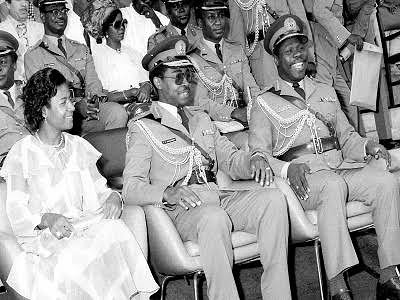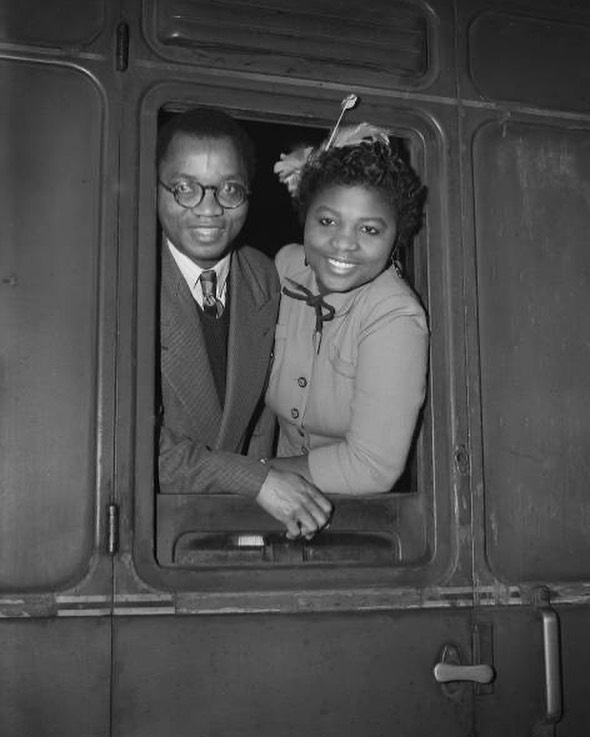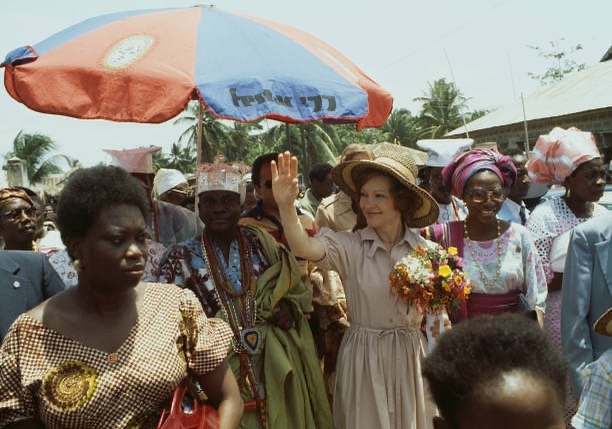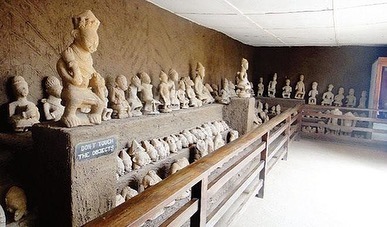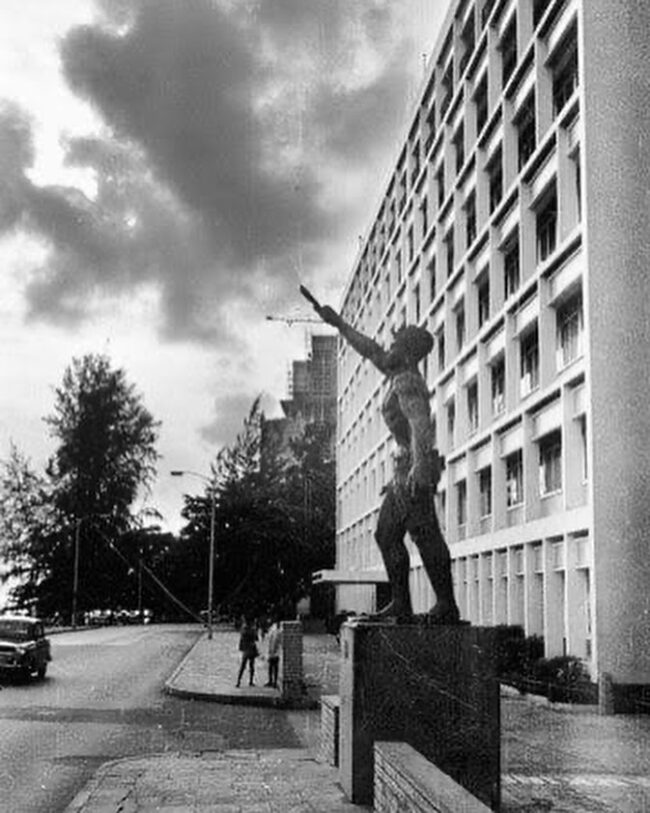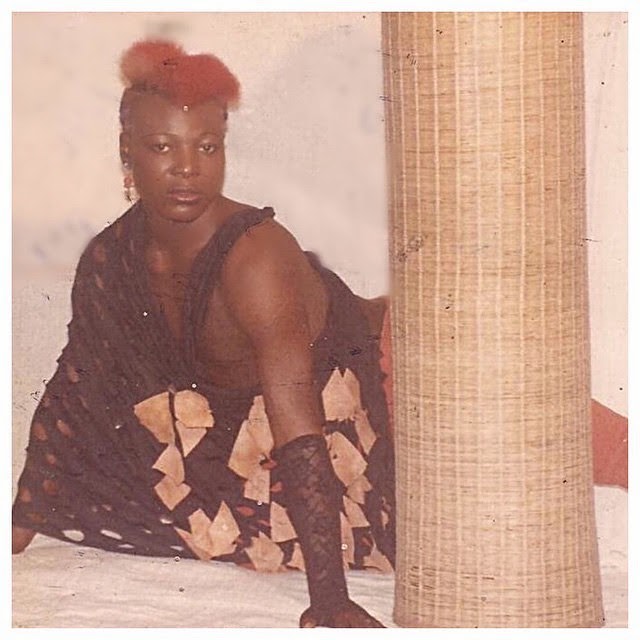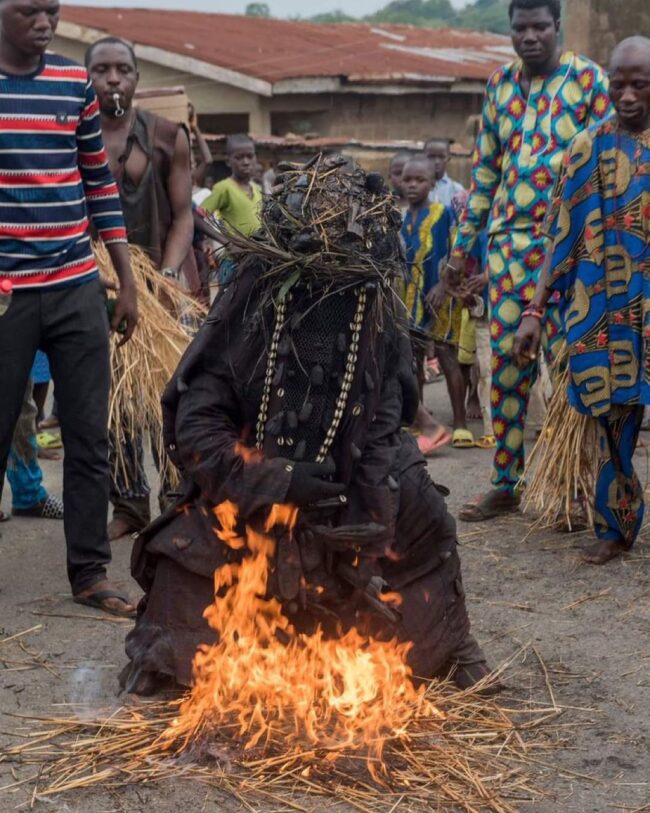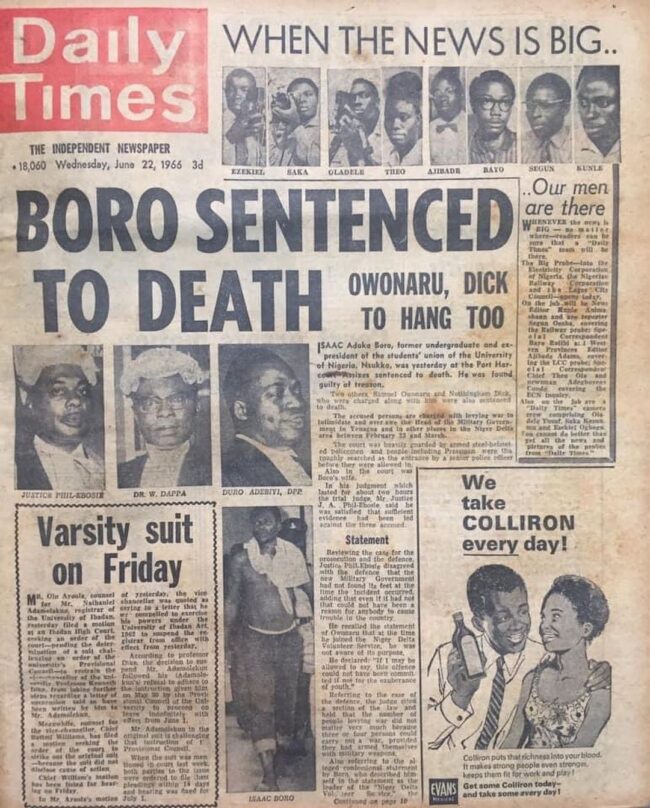How Lieutenant General Theophilus Yakubu Danjuma Rose to the Rank of Commander Despite His Murder Involvement in a Bloody Mutiny.
Danjuma’s parents, Kuru Danjuma and Rufkatu Asibi, were born in Takum, Taraba State (formerly Gongola), Nigeria. When Danjuma was younger, Takum was mostly a farming hamlet, with families and clans cultivating yams, rice, cassava, and beniseed. His father was a devoted peasant, and all of his forefathers had been well-liked members of the society. Kuru Danjuma was a farmer who exchanged tools and farming implements for metal parts. Captain Theophilus Danjuma (as he was then known) led northern soldiers who detained General Johnson Aguiyi-Ironsi and his host, General Adekunle Fajuyi, in Ibadan in 1966 after Danjuma participated in a countercoup with the 4th Battalion at Mokola. Then, both men were swept off their feet and brought to a roadside bush where they were shot after being stripped naked. In retaliation for the killing of federal officials in Nigeria’s first coup, Danjuma, Murtala Mohammed, Buka Suka Dimka, Muhammadu Buhari, Sani Abacha, Musa Usman, Ibrahim Taiwo, Ibrahim Bako, and Ibrahim Babangida, among others, took part in a bloody mutiny known as the “July Rematch” on July 29, 1966. General Johnson Aguiyi-Ironsi, the first military Head of State of Nigeria, and Lt Colonel Adekunle Fajuyi, the first military Governor of the former Western Region, who was entertaining Aguiyi-Ironsi at his home in Ibadan, were picked up by Danjuma from the side of the road as they were escaping an ambush planned by Danjuma, Mohammed, Dimka, Buhari, and others. After imprisoning them in the back of his vehicle, Danjuma drove them to a remote part of Oyo State, where he gave them the order to leave and executed them in cold blood. At the onset of the civil war campaign in 1967, he was elevated to the rank of lieutenant colonel and dispatched to conquer Enugu later that year. He was named Commander of the 1st Infantry Brigade of the Nigerian Army in December 1967, and he served in that capacity until July 1968.

